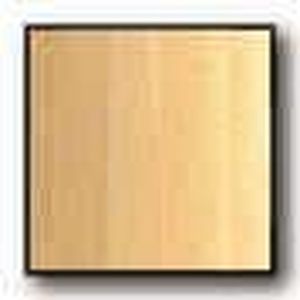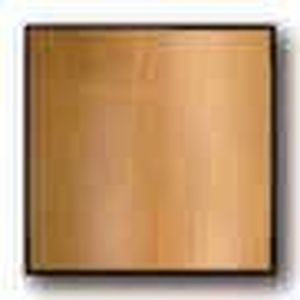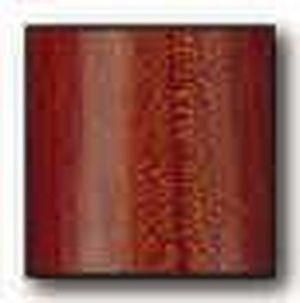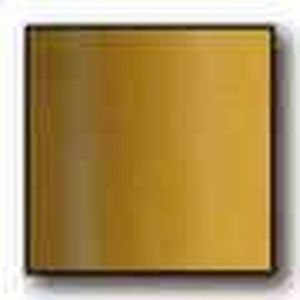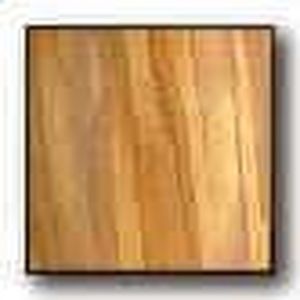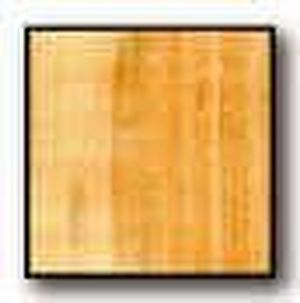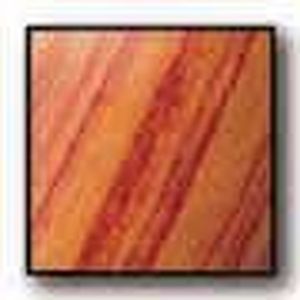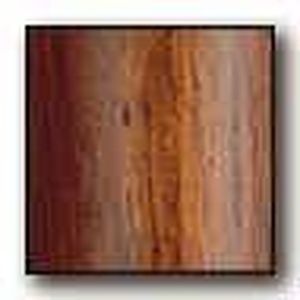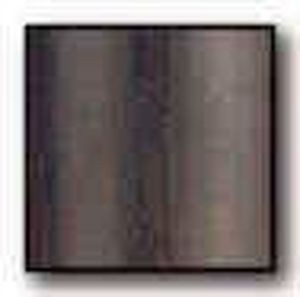5. Materials & Makers
Complete beginners, especially children, are often taught on plastic instruments, but recorders were traditionally made of wood, which produces the best sound, being much warmer in quality. Before investing in a wooden model, one should, however, be old enough to realise that chewing the mouthpiece is not a good idea! Some companies produce relatively cheap descant recorders with a wooden body and plastic mouthpiece to minimise this problem.
In the recorder's heyday, European boxwood was a common material for many types of instrument making, and with its warm, responsive sound, it remains quite a popular choice. Recorders today though are made from a wide variety of woods from all over the world, of varying density. From least to most dense, these are: maple, pear, plum, boxwood, olive, rosewood and palisander, grenadilla (black rosewood), and ebony. Boxwood instruments can also be bought stained, thereby appearing darker.
Maple
(Acer pseudoplatanus)
| | | Weight: 0,63 Sound: soft, light Grows in: Canada, Central Europe |
Pearwood
(Pyrus communis)
| | | Weight: 0,65 Sound: warm, basenote Grows in: Central Europe |
Plumwood
| | | Weight: 0,79 Sound: powerful Grows in: Central Europe |
Maracaibo
(Gossypiospermum praecox)
| | | Weight: 0,80 Sound: warm, transparent Grows in: South Africa |
Olive
(Olea europaea)
| | | Weight: 0,85 Sound: full, open Grows in: Southern Europe |
Boxwood
(Buxus Sempervirens)
| | | Weight: 0,95 Sound: transparent, treble Grows in: Central/Southern Europe |
Tulipwood
(Dalbergia frutescens var. tor.)
| | | Weight: 0,95 Sound: warm, transparent Grows in: South America |
Rosewood
(Dalbergia stevensonii)
| | | Weight: 1,05 Sound: powerful, balanced Grows in: South America |
Grenadilla
(Dalbergia melanoylon)
| | | Weight: 1,20 Sound: elegant, treble Grows in: Mozambique |
Different woods have their own characteristics - in general the less dense or lighter woods have a gentler, warmer tone and are fairly easy to take care of, while the more dense or darker woods have a stronger, brighter sound, and tend to require longer warm-up periods. Rarely, recorders can be made of other materials such as polyester resin, or even built with special cavities into which equipment can be inserted which is then connected to electronic devices to manipulate the sound.
German makers Moeck are probably the most prolific company, and have been involved in recorder production for some 40 years - their Rottenburgh model is particularly well known. A relatively inexperienced buyer should generally choose an instrument from a well-known company which is easily contactable in case of problems, rather than an end-of-line instrument from an obscure maker. Germany and Holland boast many private makers, although these do tend to be a little more expensive.

